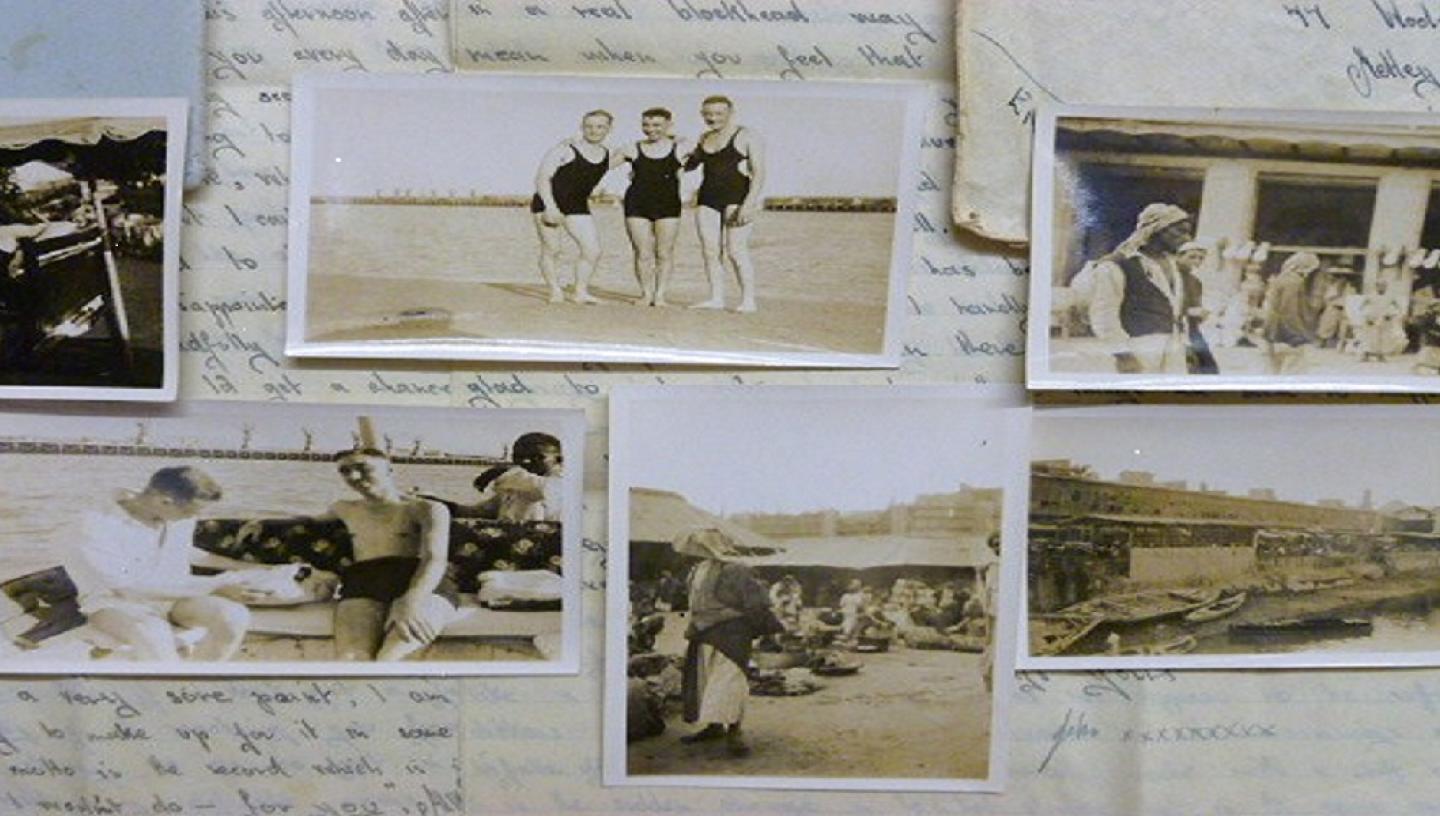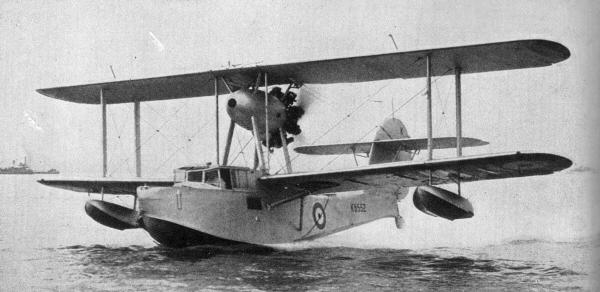
16 Mar 2017
Archives Assistant Harriet Braine explores a collection of letters between John Short and Ella Ambrose, a couple who fell in love in 1931. Although they were separated after only a short time together, they continued getting to know one another through these letters.
John Short, an engineer from Newcastle, and Ella Ambrose, an office worker at the Supermarine factory in Southampton, fell in love in 1931. They only had a very brief time together before Short went to work overseas, largely on Indian Ocean routes, on large steam ships such as troopship HMT Neuralia, and BI ships such as the Waroonga. Sometimes not seeing each other for several years at a time, they continued getting to know each other through letters, often in the form of diary entries, recording the minutiae of their everyday lives. This allows for a very detailed picture of the couple’s fairly typical interwar lives, with all their anxieties, expectations, joys and fears laid bare.
The conversation is fairly dominated by Short, as many more of his letters survive in this collection than Ambrose’s, however we are lucky to have even a few of Ambrose’s letters as they provide a rare glimpse of a woman working in the very male-dominated industry of aircraft manufacturing (although she does not write much about the details of her job). Her place of work was a manufacturer of Southampton flying boats and Spitfire aircraft. Ambrose refers to the booming aircraft business in her letters:
“We are still just as busy in the office – I wish every other trade was as flourishing as aircraft. I think you will have to change your profession dear” (SHO/5/4/6)

In her next letter she tells Short that she has talked to a colleague about how he wants to change career in order to stay in England once they are married, and her colleague suggested he would make an excellent aircraft draughtsman due to his engineering background. Short ends up doing just that after he leaves his final ship SS Ranpura, towards the end of 1936, and writes about his new job in his later letters (which can be found in SHO/6/5 and SHO/7).
Hidden in amongst the latest film reviews, health updates, gossip, and reams of gushing about how much they miss each other, are interesting hints about global current events in this key decade preceding WWII, including the shocking deaths of two European monarchs in the same year. In a letter dated 21st February 1934 Ambrose remarks:
“What a terrible tragedy it is the King of the Belgians getting killed like that” (SHO/4/2)
‘Getting killed like that’ is an interesting choice of words to describe Albert I’s mountaineering accident, which went on to provoke many conspiracy theories and rumours.
Later that same year, 1934, Ambrose writes:
“What a terrible disaster the King of Yugoslavia being assassinated - whatever is the world coming to, it seems so unnecessary”. (SHO/4/8)
With hindsight the words ‘whatever is the world coming to’ have particular poignancy considering how in a few years the world was to descend into war.
In spring 1932 Short describes gruesome evidence of fighting between Japanese and Chinese forces whilst on shore in China, an example of the type of hostilities which eventually led to the Second Sino-Japanese War. (SHO/2/1)
On a lighter note, this same group of letters from Short also contains photographs of smiling men in bathing suits, presumably of him and his shipmates enjoying their leisure time. Short was a keen amateur photographer, and writes often about the ‘snaps’ he’s been taking, the problems of getting them developed in various exotic towns and cities, and once how insects had made a nest inside his camera.
Short’s personality (not to mention his extraordinarily neat handwriting) makes his letters a joy to read. He has a very cheeky sense of humour, and is extremely attentive to his fiancée, writing many pages of loving words reminiscing about the few days they have spent together over the years, and about how he admires the photographs she sends – after much nagging.
"When oh when do I get my full length studio print of you in evening dress? You can easily manage it if you try. I know I did not like the idea of going to a photographers but - well try it on the same line as I did, laugh like blazes and then gradually calm down to the right pose, real film actress smile, you know - the kind of 'Why I use Pond's Cream' sort of stuff." (SHO/3/1)
I hope they lived happily ever after on the Isle of Wight as they wished – marriage records show that the couple were indeed married in 1937 – however, considering the outbreak of WWII so soon after they settled down, it is very possible this was not the case, and the couple may have been parted yet again.
FInd out more about the SHO collection
Visit the Caird Library and Archive
Harriet Braine, Archives Assistant